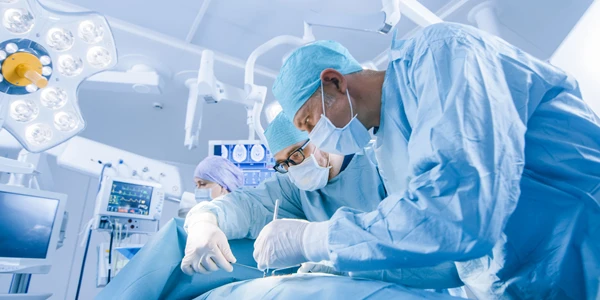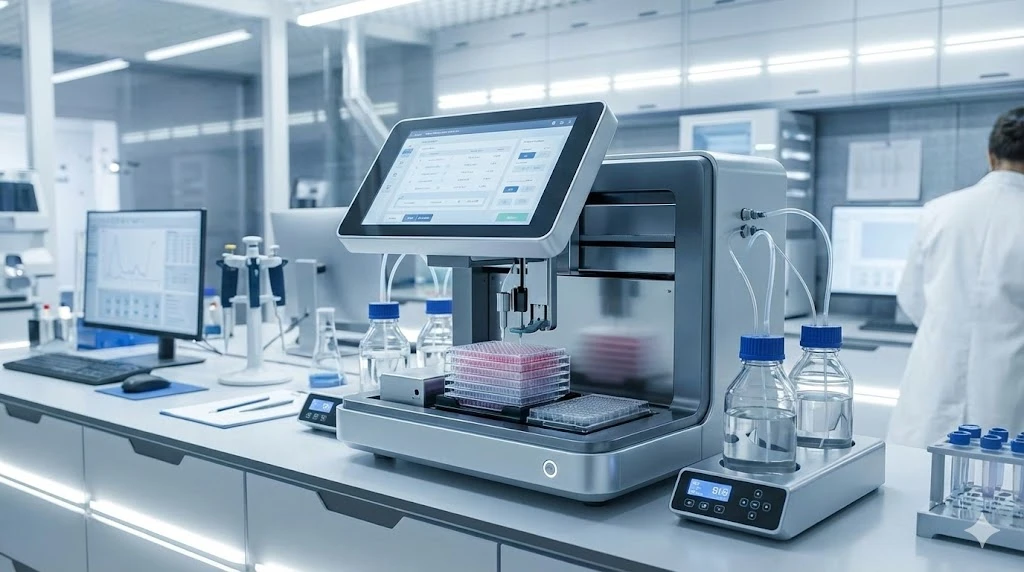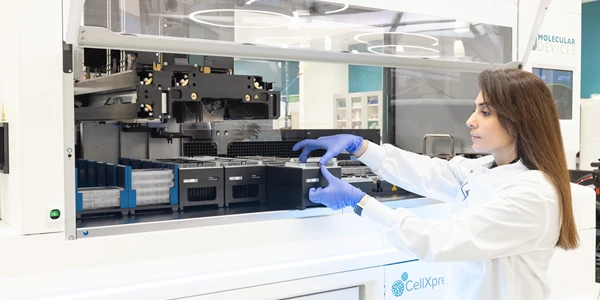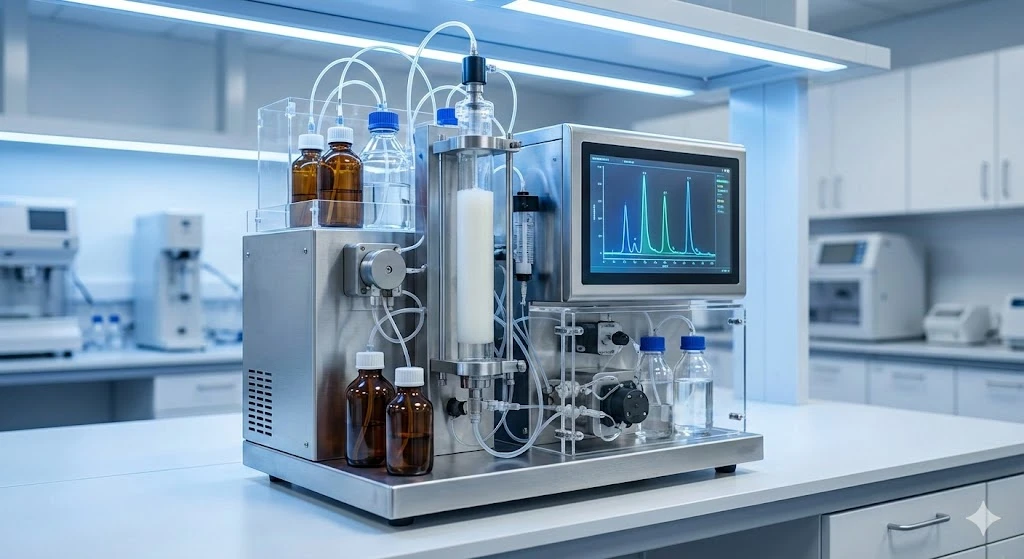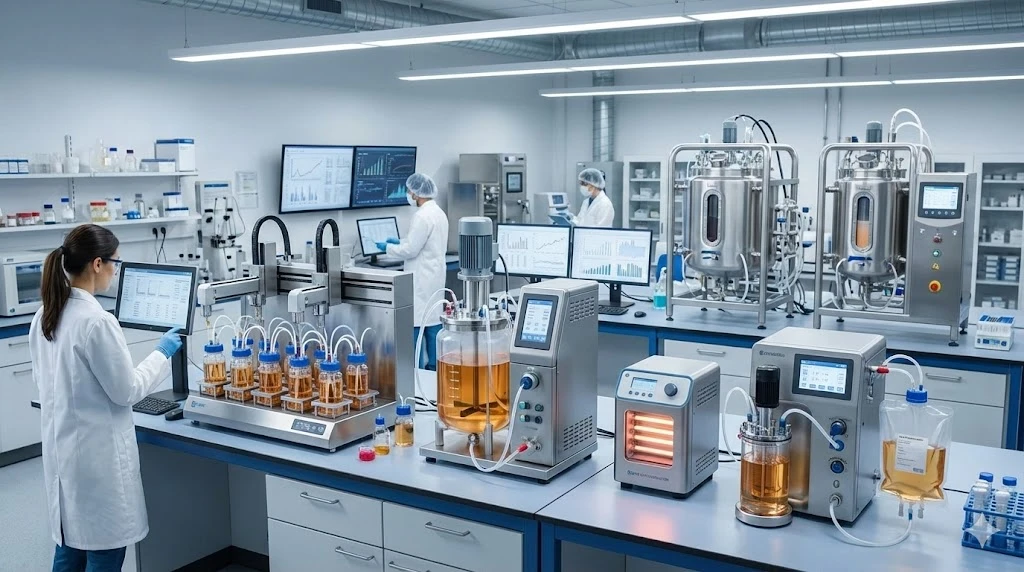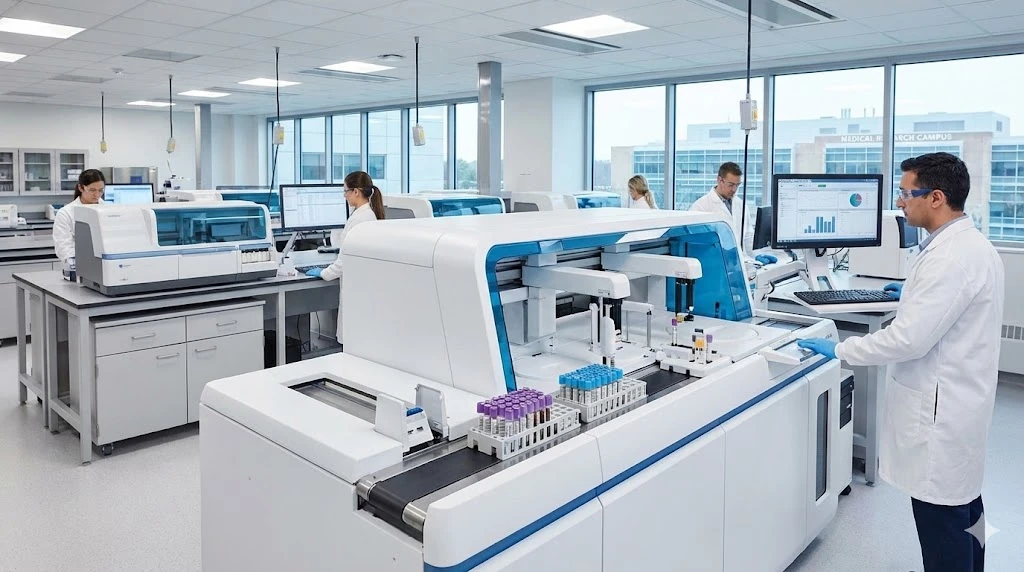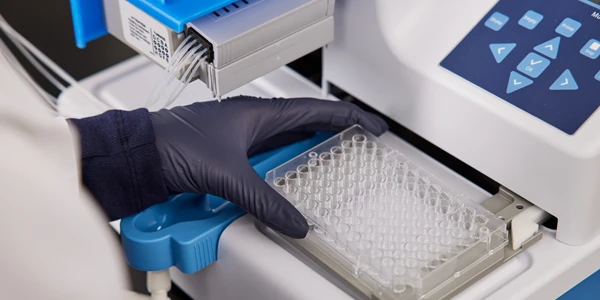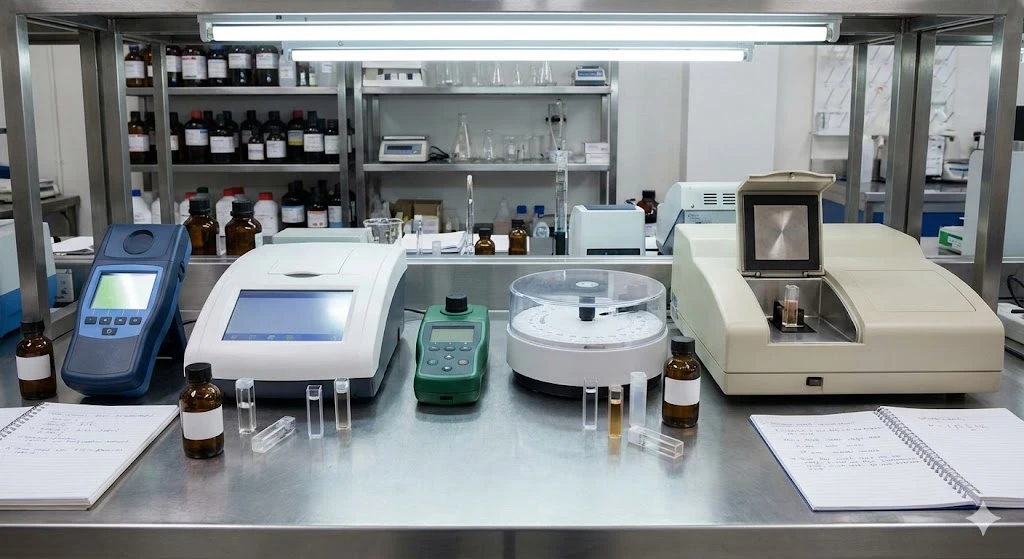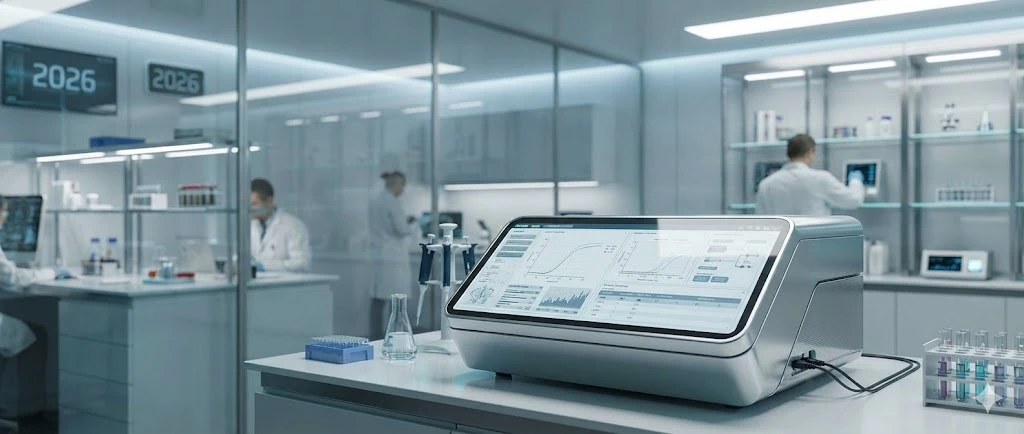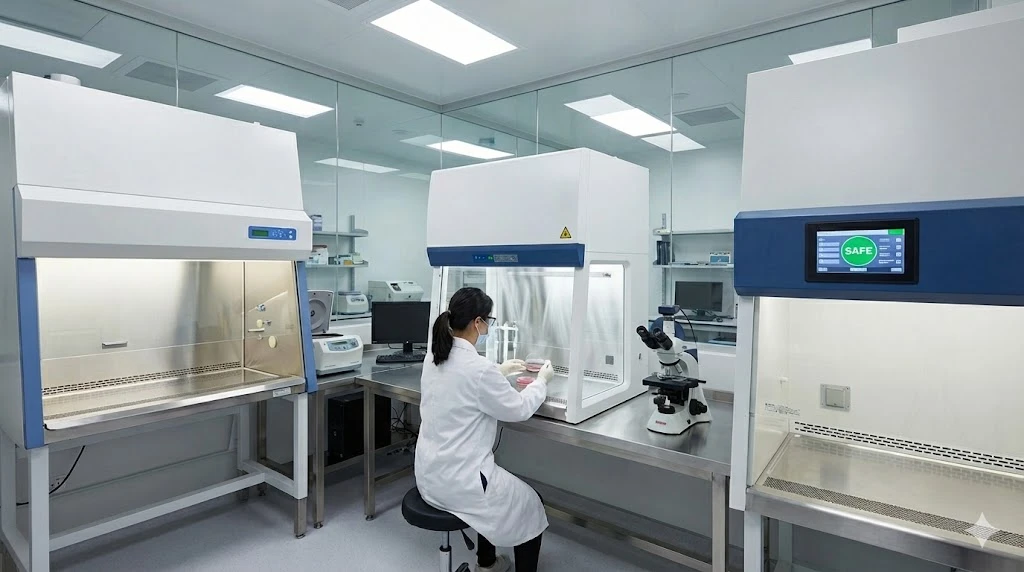Choosing the Best Cell Culture Incubator for Your Lab's Evolving Needs
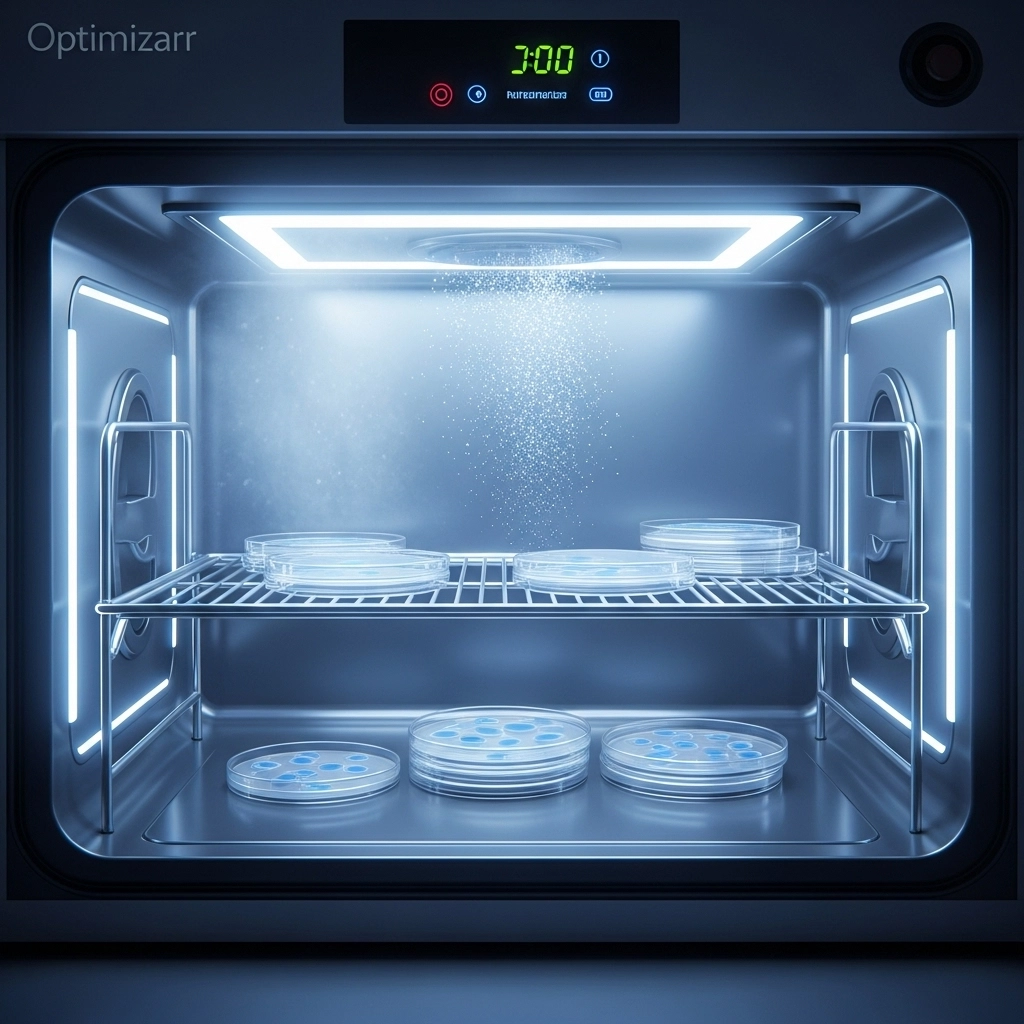
ImageFX (2025)
Cell culture incubators are important devices that have a rich history dating back many scientific generations. In fact, Louis Pasteur used a small crawl space under his staircase as an incubator! Modern incubators have come a long way since then, and are built with design elements and features to meet both the demands of multiple users as well as an expanding range of cell culture types. Due to their widespread applications, many factors must be considered in choosing an optimal, adaptable, and future proof piece of equipment for your lab.
Evaluating Cell Culture Needs and Future Applications
One of the first things you should do is an analysis of the types of cells and applications that the cell culture incubator will need to support. This involves not just an assessment of current operations, but some foresight into future experiments and research areas. Some questions to ask yourself may include:
- Beyond microbial cultures, what type of eukaryotic cells will require the device down the road?
- Will the lab be using stem cells or other types of cells with complex requirements?
- What range of personnel will be using the device and what level of training will they need?
- What special demands will current and planned experiments have on the incubator?
Once you have established what type of use your incubator will have and what expectations it will need to meet, you can move on to considering the specific components of the device. Key factors to consider include the size of the device, the temperature and gas control systems, the type of sterilization and decontamination, and how future-proof the incubator will be in your lab.
Size and Spatial Efficiency of Cell Culture Incubators
Size and Spatial Efficiency of Cell Culture Incubators
The size of cell culture incubator you need will depend both on the scale of usage as well as the space allocated for the device. Although the latter can sometimes be flexible, the former is typically not, and extra space may indeed serve the needs of future expansion in the scale and diversity of experiments.
- Different incubator models can vary in dimensions, and some offer space saving designs to hug wall space and to fit in tight spaces — a useful feature when faced with limited lab or dedicated cell culture space. Some units are even stackable, allowing one space to be used for multiple devices and applications.
- It's important to consider not just the outer dimensions but the usable inner space as well. Many companies offer a range of internal shelving options, from standard to divided sectional to custom built to meet the needs of your lab. The ability to change shelving arrangements will help in expanding the usage of the unit, making room for components such as shakers.
Critical Temperature and Gas Control Features of Cell Culture Incubators
Critical Temperature and Gas Control Features of Cell Culture Incubators
Temperature control is perhaps the more important consideration when selecting a cell culture incubator. Again, regardless of whether your current experiments are highly sensitive to temperature fluctuations, keep in mind the emerging needs of the lab and future-proof accordingly.
- Traditional cell culture incubators use a water jacket, or vessel of water, aimed at maintaining humidity and temperature stability. Although common, water jacketed incubators have been challenged by occasional contamination issues and the inability for fine control of environmental conditions. It's generally acknowledged in the field that when contamination issues arise, the first thing to change and sterilize is the water source.
- With the advancement of insulation technologies has come new approaches toward temperature control. Some incubators now use gel-jacketed (ceramic or otherwise) insulation to offer energy efficient solutions without the possible drawbacks of traditional setups.
- The temperature probes themselves are important in maintaining (or mapping) precise levels at different points in the incubation space. Moving from a single probe to multiple can tighten temperature differences several fold.
- The movement or circulation of the heated air is also important in speeding the recovery of temperature levels after the door is opened and a single or multiple fans serve this duty. An alternative system involves radiant heat produced by heating elements housed within the cabinet walls.
- Another feature to consider is adjustable alarms, which assist in informing when a temperature threshold is exceeded and can come in different ranges and types as well.
Whether CO2, O2, or N2, the incubator’s gas control systems are vitally important in the exposure of cell cultures to the specific environmental conditions needed for growth.
- Typical cell culture incubators are also CO2 incubators, and controlled CO2 is provided not only for atmospheric but for media purposes as well. When a carbonate buffer is present in the media, the CO2 gas reacts to balance and maintain the pH. These media types often have pH indicator dyes which exhibit a color change when the media is consumed and requires changing.
- Many modern incubators also have oxygen and nitrogen source inlets in order to precisely emulate the exact conditions needed for optimal cell growth.
For this factor it is especially important to keep in mind the types of cells you will be incubating. Some culture types may demand tight control of gas levels, and therefore, control, range, and uniformity should be considered accordingly.
Effective Sterilization and Future-Proof Design of Cell Culture Incubators
Effective Sterilization and Future-Proof Design of Cell Culture Incubators
Both sterilization and decontamination are extremely important considerations when selecting a system suited for your present and future applications.
- The standard sterilization method is UV light, which has the benefit of safe and simple treatment with a short cycle. A downside is the possibility of contaminants persisting in areas evading exposure to the light. The optional inclusion of HEPA filtration can trap small contaminants from air circulation thereby minimizing the risk and preventing the spread of contamination.
- Dry heat treatment, also called hot air decontamination (using air at 180 degrees Celsius), is an effective method to eradicate any bacteria and spores, as well as remove condensation which can be a breeding ground for these. Potential downsides to consider with this method are the cycle duration and unit downtime, as well as alarms and notifications.
- Another modern method involves hydrogen peroxide decontamination, in which the H2O2 gas permeates every corner and crevice of the device, effectively killing nearly 100% (10^6 in some cases) of contaminants. The cycle and downtime should be considered with this method as well, but is typically in the 2-3 hour range.
Choosing the Right Cell Culture Incubator for Your Lab
Choosing the Right Cell Culture Incubator for Your Lab
New cell culture incubators are designed to match the evolving nature of today's research labs, with a wide variety of incubators available to match any and all needs your lab could have. For example, Thermo Fisher’s line of CO2 incubators includes seven different main models, each with their own range of advanced features. Whether you need a compact space-saving unit or a large incubator with high throughput capability, their incubators provide optimal cell growth, valuable contamination control technologies, and advanced design for highly critical applications. Offering your choice of in-chamber CO2 measuring technologies, oxygen control ranges, and direct or water-jacketed heating, the flexibility and customization of these incubators are the definition of future-proof design.
Additional new technology features and accessories include:
- Intuitive, easy-to-use touch screen interfaces
- Programmable notifications and alerts sent to smart devices
- Advanced data logging and archiving
- Real-time and remote access to data
- Energy-saving settings
These capabilities, while certainly not a requirement of all labs, are meant to support streamlined use and access, as well as compliance with regulatory guidelines such as ISO and GMP.
New incubator technologies may add significant value and return on investment, but it can also be important to stay within the actual needs of your lab.
Many incubator models are traditionally designed to match the general needs of a lab. For instance, should you need a straightforward water-jacketed device without the need for tight temperature tolerances and high functioning sterilization features, there is a more basic model available.
In the same product line, there may be more complex models with a greater range of features and higher level stringency controls as well. The model-specific functionality is countered by the fact that, should your needs change down the road, an upgrade to an entirely new unit may be required.
In summary, although traditional technologies have served the cell culture audience well, new technologies can add significant flexibility, value, and return on investment. When looking to buy a new incubator, careful consideration of all of these factors should be performed in light of both your current and future cell culture needs.
View Incubator listings at LabX.com
Visit the Cell Culture Equipment Application Page
FAQs
What is the primary purpose of a cell culture incubator? A cell culture incubator maintains controlled environmental conditions—such as temperature, humidity, and gas levels—for optimal growth of cell cultures.
How do I choose the right size for a cell culture incubator? Consider current and future usage needs, lab space availability, and internal shelving flexibility to ensure scalability.
Are water-jacketed incubators still a good option? Yes, for labs with basic needs. However, newer insulation technologies offer better temperature stability and contamination control.
What are some modern features of advanced incubators? Touchscreen interfaces, remote monitoring, programmable alerts, and advanced sterilization systems like hydrogen peroxide decontamination.
Updated July 23. 2025
